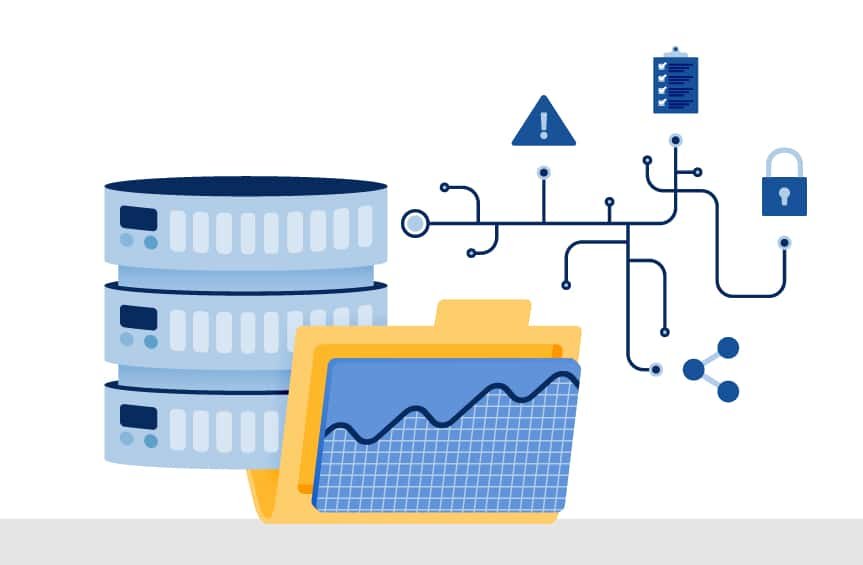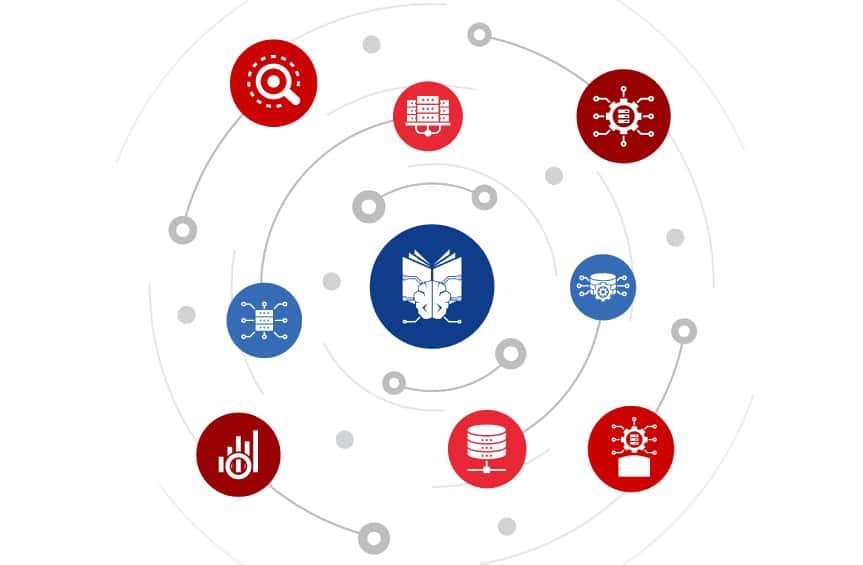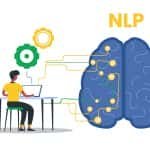Data Science is the process of collecting, analysing and interpreting large volumes of data to help solve complex business problems. A Data Scientist is responsible for analysing and interpreting the data and ensuring that it provides valuable insights that help decision-making. And so, the Data Science job roles are increasing. Thus it has become one of the most prospering career fields. The work of a Data Scientists requires precision and an eye for detail. Handling large volumes of data and deriving useful insights can sometimes pose a challenge. Hence, in this blog, we have highlighted a few of the challenges of Data Scientists and the steps to resolve them.
5 Common Data Science Challenges
Challenge #1: Data Cleaning and Preprocessing:
Data Cleaning refers to filtering the data by adding the missing one and removing the duplicate ones from a dataset. On the other hand, Data Preprocessing is typically a data mining technique that helps transform raw data into an understandable format. Hence, Data Cleaning is one of the first steps in data preprocessing before the data is used for fulfilling organizational needs.
Data Pre-processing is necessary as it helps improve the accuracy and reliability of data. Furthermore, it ensures that data is consistent while effectively increasing the readability of the data’s algorithm. Data Cleaning is an essential part of the Data Preprocessing task. It improves the data quality, thereby ensuring efficient decision-making.
Examples of Challenges:
A Data Scientist spends around 80% of their time in Data Cleaning, while a certain percentage of them label it as time-consuming and highly dull. Data Scientists must review large volumes daily across multiple formats, sources and platforms. Additionally, they must keep a log of all the activities to prevent duplication.
One way to solve Data Science’s challenges in Data Cleaning and pre-processing is to enable Artificial Intelligence technologies like Augmented Analytics and Auto-feature Engineering. Adopting AI-enabled Data Science technologies will help automate manual data cleaning and ensure that Data Scientists become more productive.
Challenge #2: Data Integration and Management:
Data Integration is collecting and gathering data from multiple sources and combining it into one unified view for the users. The primary purpose of Data Integration is to make data readily available for the systems and the users.
On the other hand, data management is about collecting and keeping data securely and cost-effectively. The primary purpose of data management is to help people and organizations with data by optimizing their use and assisting them in decision-making.
Examples of Challenges:
With the help of different apps and tools, organizations continue to generate other data formats. These data originate from multiple sources that help Data Scientists provide meaningful insights and enable organizations to make informed decisions. The process of data integration from multiple sources requires manual entry of data. One of the common types of Data Science challenges is that manual process becomes time-consuming. Effectively, the possibilities of errors and repetitions are higher, which can result in poor decision-making.
Organizations must form a centralized platform integrated with multiple data sources to overcome these issues. This can help companies to access information quickly and faster than usual. Using Machine Learning algorithms, data from these sources can be effectively controlled and further improve data utilisation. Ultimately, it will help save considerable time and effort for the Data Scientists.
Challenge #3: Data Security:
Data security is one of the key concerns for any Data Scientist. For instance, encryption prevents hackers from using your data if there is a data breach within the organization.
Data security is integral to Data Science as it safeguards digital data from unwanted access or theft. Moreover, data security ensures the physical security of the hardware and software devices in a company and protects the information of a company.
Examples of challenges:
Transitioning the data to the cloud has increased the risks of cyber-attacks, and there have been two major problems. Firstly, confidential data has become highly vulnerable. Secondly, data consent and utilization processes have evolved in the regulatory standards. This has resulted in higher ends of work for the Data Scientists.
Organizations must use advanced Machine Learning models to overcome these challenges to enable security platforms. Additionally, they should instill additional security checks for safeguarding their data and allow strict adherence to data protection norms. Effectively, it overcomes time-consuming audits and expensive fines.
Challenge #4: Communication and Collaboration:
Data Scientists work cohesively with business executives. They solve business problems and enable them to make business decisions by analyzing and interpreting the data. Accordingly, Data Scientists need to communicate with the executives to help them understand the complexities of business and the technical information relevant to the company. If the organizational stakeholders do not understand the analytical models presented by the Data Scientists, then it affects the successful implementation.
Examples of challenges:
The most common challenge Data Scientists face is communicating the technical analysis of data in simple and understandable language. Since, most of the business executives and stakeholders can be non-Data Scientists, thus it may be difficult for them to understand the technical jargon. Data Scientists must endure efforts through visualization and presenting the data in simple terms. Moreover, lack of effective collaboration across different teams in a company can also result in a challenging situation.
Data Scientists can adopt the process of data storytelling as a way to make complex data understandable for organizational stakeholders. The method will allow the Data Scientists to provide the stakeholders with a structured approach to understanding the data and communicating the powerful narrative to their analysis.
Along the same line, even the management needs to make the comprehension of management jargon like KPIs and ROIs easy for the Data Scientists and other team members.
Read Blog: Top Data Science Mistakes to Avoid
Challenge #5: Keeping Up with the Latest Tools and Techniques:
Knowing the latest technologies, including tools and techniques, is essential in Data Science. Companies must keep a tab on the pulse of changes taking place in the market. Accordingly, business organizations can contribute to their development and growth by incorporating new tools and techniques. Significantly, it helps Data Scientists to bring innovation at a faster pace. Furthermore, adopting new tools and technologies helps deliver a highly effective user experience.
Some of the best tools and techniques for applying Data Science include Machine Learning algorithms. It contains data clustering, classification, anomaly detection and time-series forecasting. Some of the tools used by Data Science in 2023 include statistical analysis systems (SAS), Apache, Hadoop, and Tableau. Others have Knime, RapidMiner, PowerBI, Python, Jupyter, Microsoft HDInsight, etc.
Examples of challenges:
One of the common Data Science problems faced by Data Scientists is simplifying the technical complexities of new tools that involve advanced mathematical concepts and programming languages. Accordingly, it makes it difficult for the experts to apply and understand them. On the other hand, some of these new tools do not come with proper and detailed tutorials or forums. This makes resource learning challenging. Finally, integrating these tools with the existing workflows takes a lot of work. Moreover, they require effective changes within the work process.
To overcome these challenges of Data Science, it is essential to remain updated with the industry publications on the recent trends in the field. Additionally, you should attend conferences and events like webinars and learn from your peers and experts. Taking up online courses can help in learning new tools and techniques, and its implementation.
Steps on How to Approach a Solution to Data Science Problems
Approaching a solution to data science problems requires a structured and systematic approach. Here are some general steps that can be followed:
- Define the Problem
- Collect the Data
- Prepare the Data
- Choose the Right Model
- Train the Model
- Test the Model
- Optimize the Model
- Deploy the Model
- Evaluate the Model
Conclusion
Thus, the above blog has provided you with the everyday challenges in Data Science. Accordingly, the focus was on the issues of data cleaning, data integration, data security, communication and collaboration and tools and techniques. These challenges must be overcome to ensure that Data Scientists can provide insightful information to solve business problems. If you’re a Data Scientist who needs to overcome any obstacles, you must take Data Science Training online. Attending workshops and conferences can help you learn more about overcoming the challenges of Data Science.













